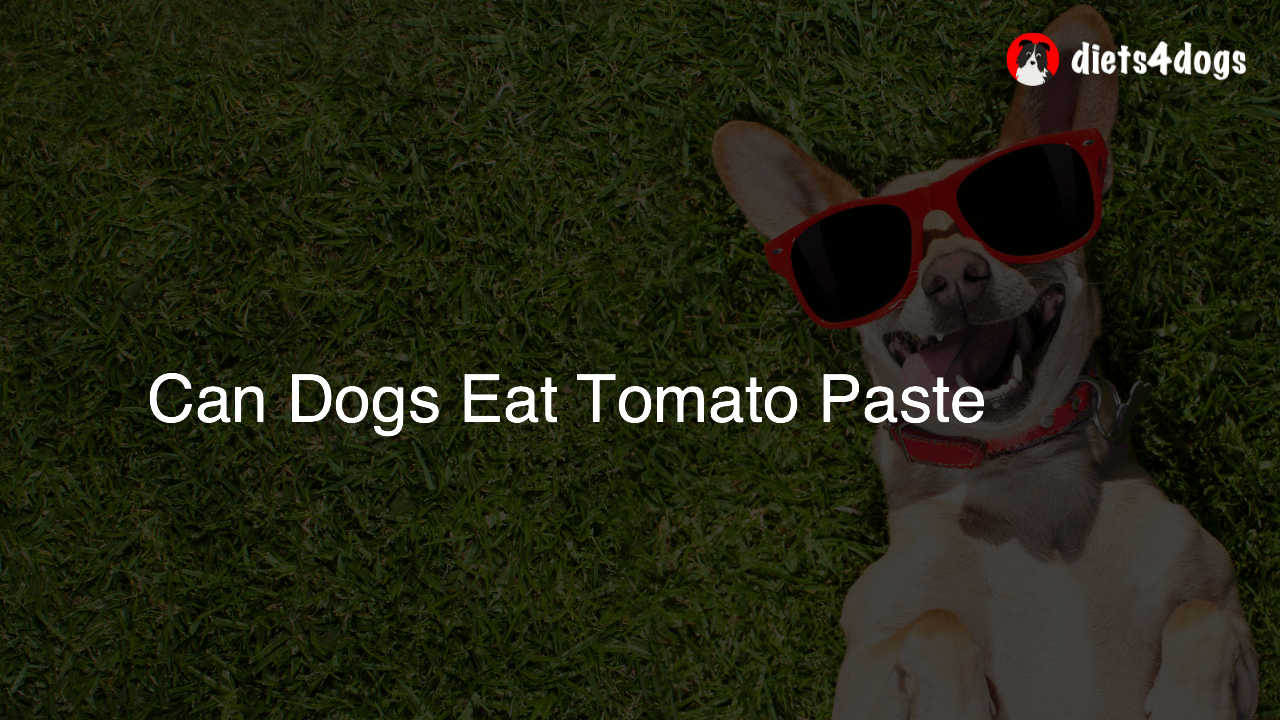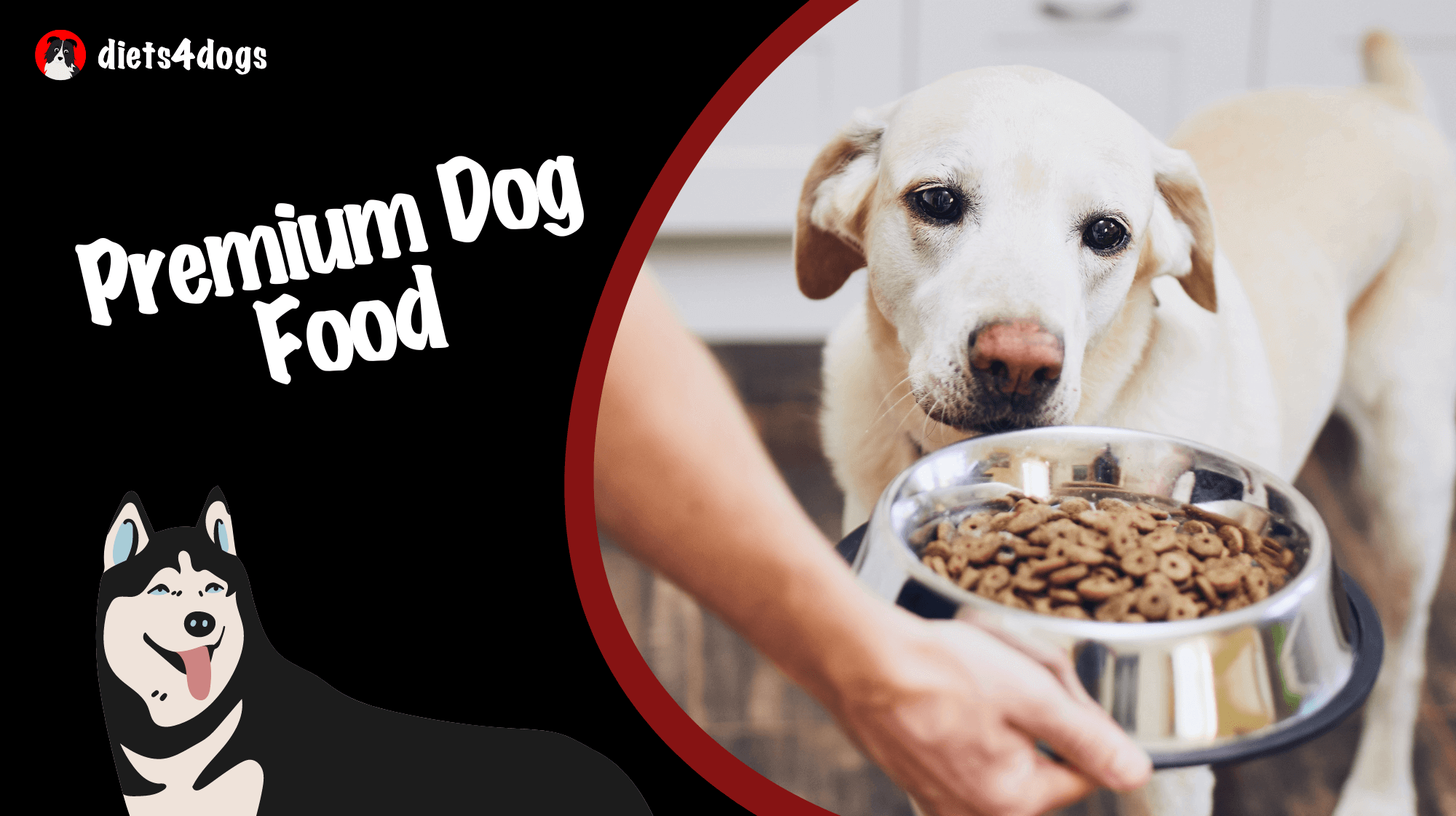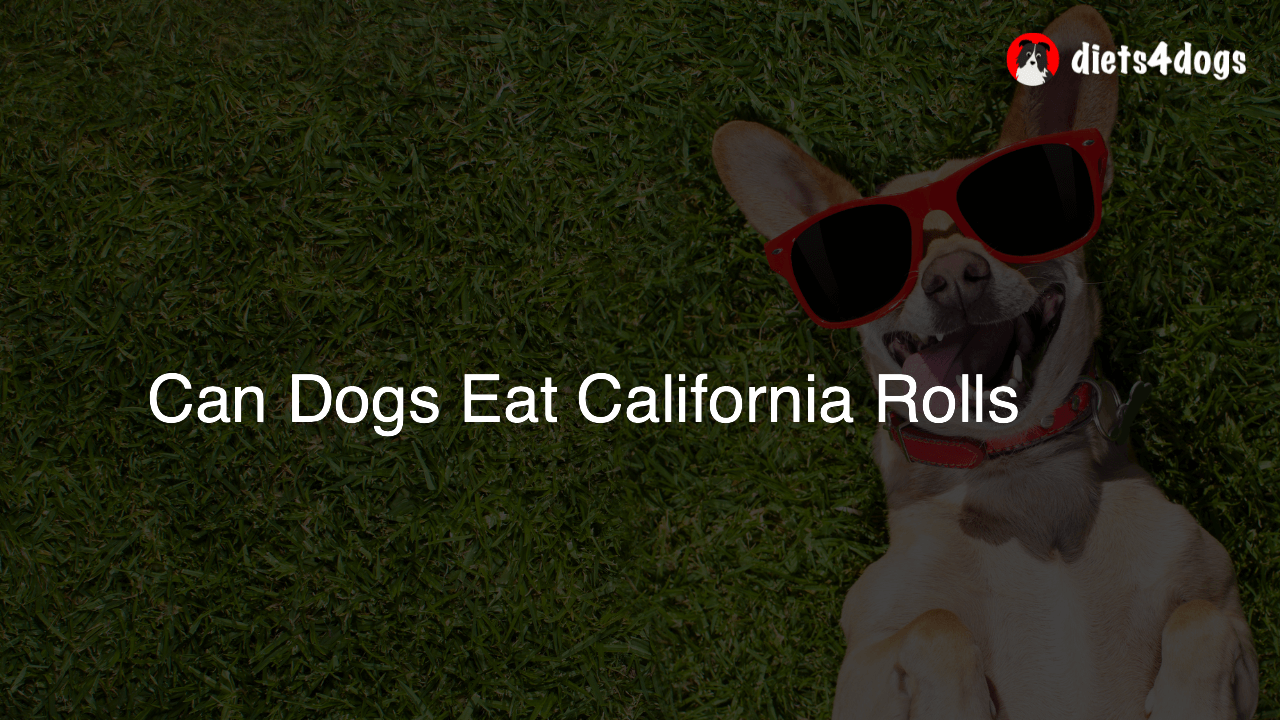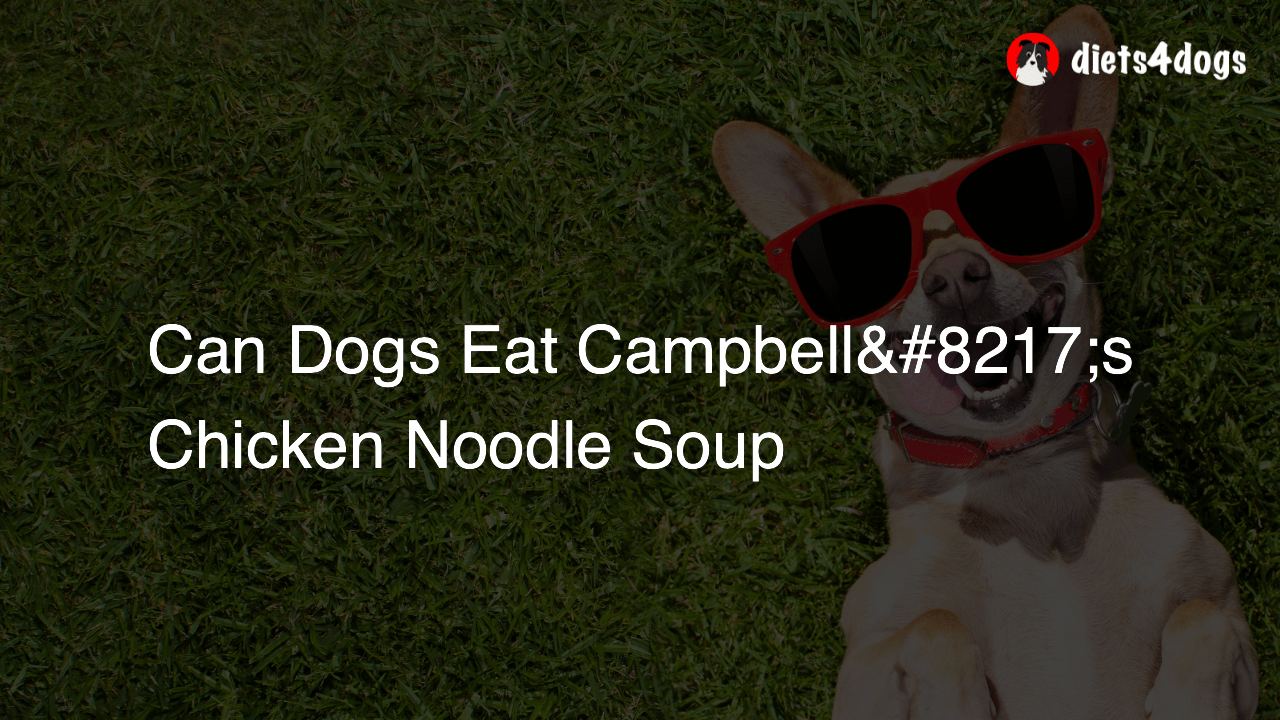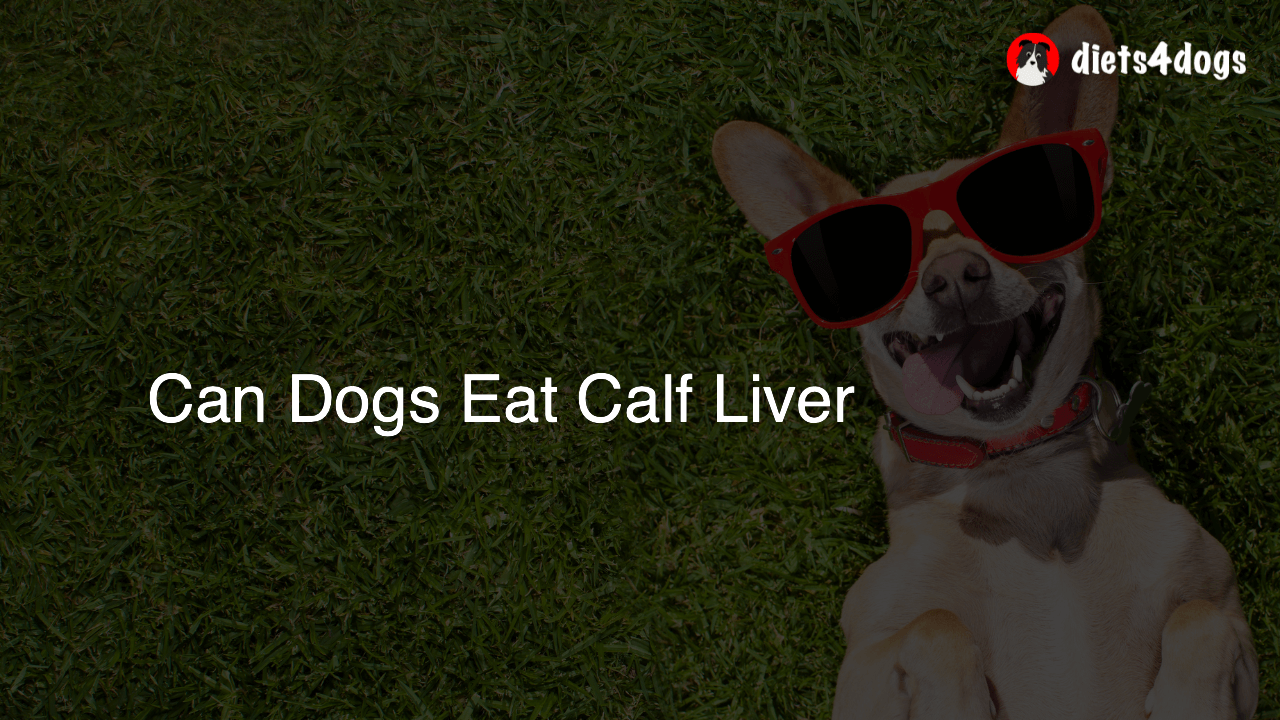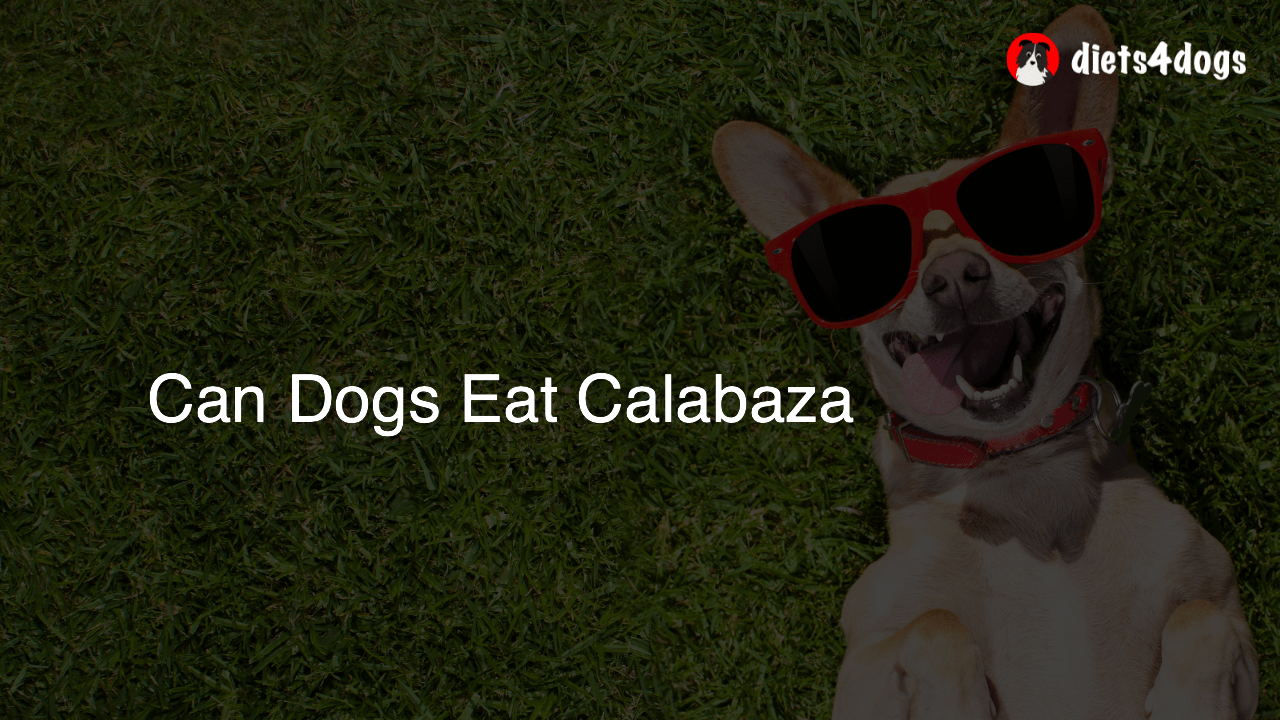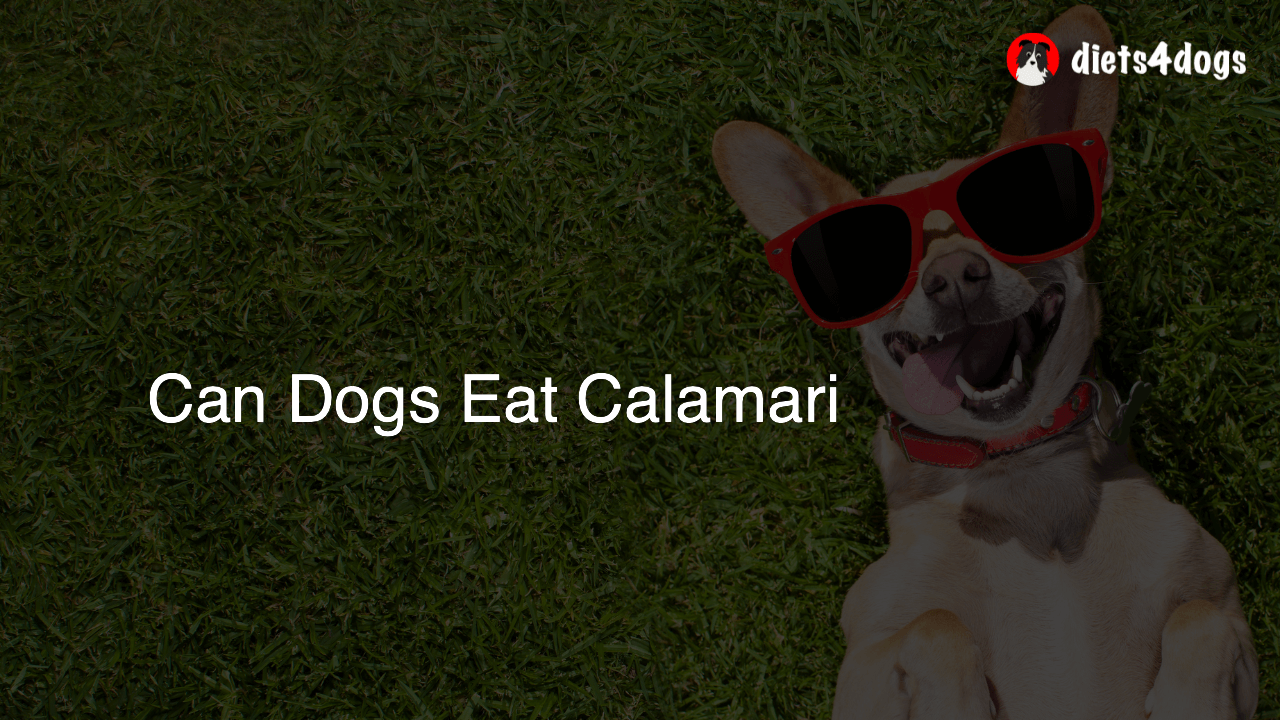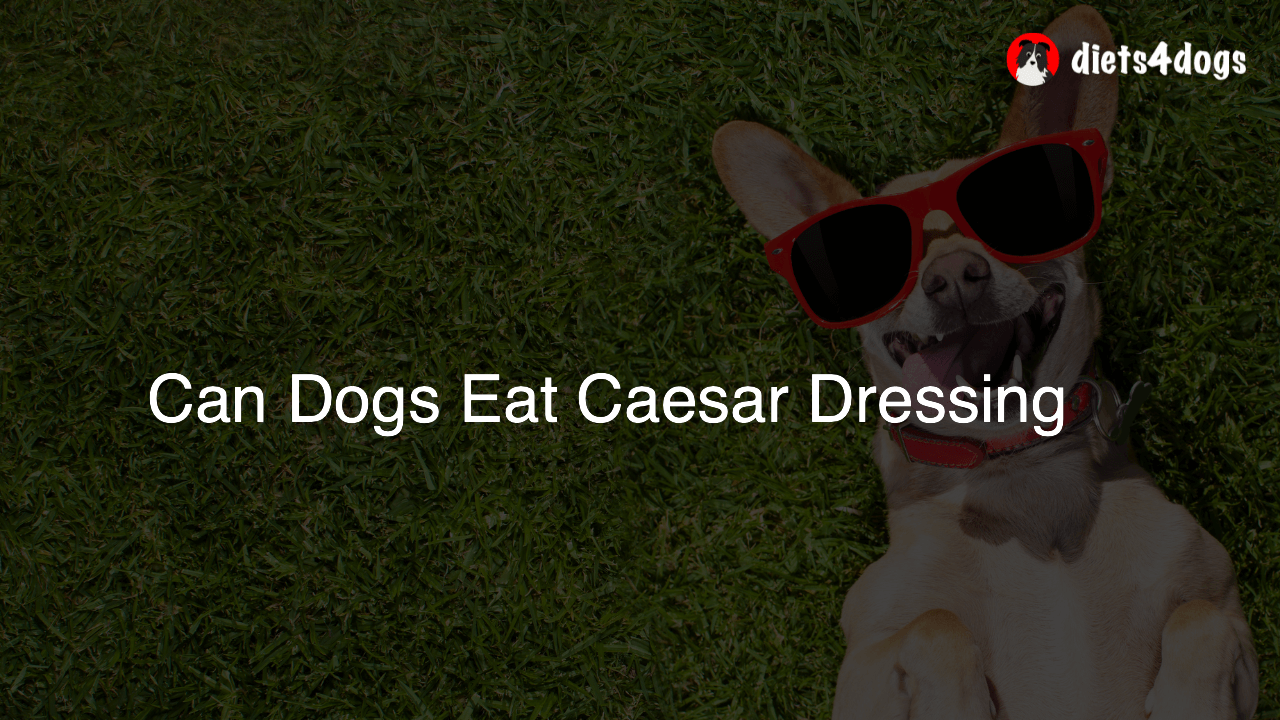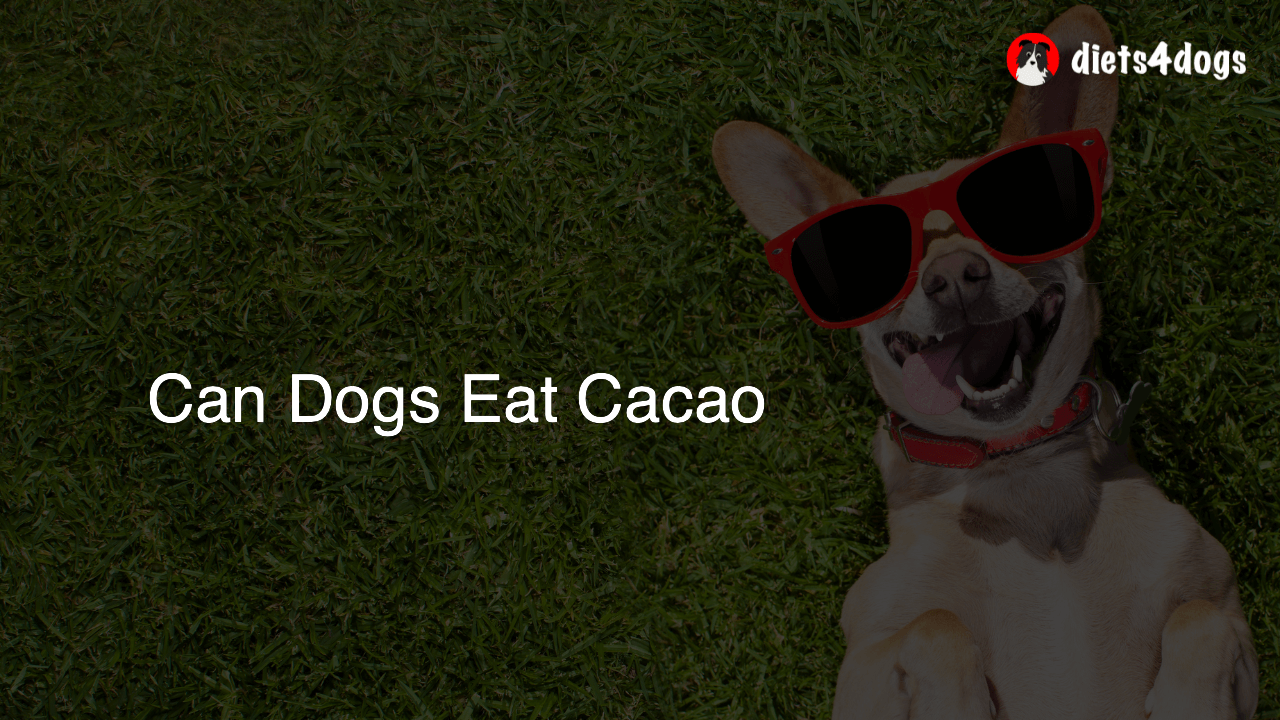Can Dogs Eat Tomato Paste
Tomato paste is not recommended for dogs due to its high concentration of tomatoes, which contain solanine, a compound that can be harmful to dogs in large amounts. The paste also often has added salts, sugars and other additives that are unhealthy for dogs to consume. Occasionally, dogs may tolerate small amounts of cooked ripe tomatoes, but it is best to avoid tomato paste entirely.
Can Dogs Eat Tomato Paste: Unraveling the Mystery
As pet owners, we always want the best for our furry friends, and ensuring their nutrition is top-notch is a key part of that. With human foods sometimes finding their way into our pets’ diets, it’s important to know what’s safe and what’s off-limits. One such food item that raises questions for dog owners is tomato paste. So, can dogs eat tomato paste? In this in-depth exploration, we’ll uncover the truth about tomato paste and its effects on dogs’ health.
Understanding Tomato Paste
Before diving into whether dogs can eat tomato paste, let’s first understand the difference between tomato paste and fresh tomatoes. Tomato paste is a concentrated form of tomatoes made by cooking them down and removing the seeds and skin. It usually has a much richer flavor and a thicker consistency than fresh tomatoes. In addition to this, tomato paste may also contain added salts, sugars, and various artificial additives.
The Potential Dangers of Tomato Paste for Dogs
Solanine: The Toxic Compound in Tomatoes
One of the primary concerns surrounding tomato paste and dogs is the presence of solanine, a compound found in the leaves, stems, and unripe fruits of the tomato plant. While ripe tomatoes have a significantly lower solanine content than their unripe counterparts, tomato paste is made from a large number of tomatoes, which means the concentration of solanine can be quite high.
Ingestion of solanine by dogs can lead to symptoms such as gastrointestinal disturbances, vomiting, diarrhea, weakness, confusion, and even neurological problems in severe cases. However, a dog would need to consume a significant amount of solanine for these symptoms to manifest. Most dogs are unlikely to encounter enough solanine from a small amount of ripe tomato, but tomato paste’s concentrated nature makes it riskier.
Added Salts, Sugars, and Additives
Another issue with tomato paste is the possible presence of added salts, sugars, and artificial additives. Too much salt can lead to an increased risk of dehydration and electrolyte imbalances in dogs, while excessive sugar can contribute to obesity, dental problems, and even diabetes. Artificial additives may cause adverse reactions or allergies in sensitive dogs. These factors make tomato paste unsuitable as a dog food ingredient or as a treat.
Alternatives to Tomato Paste for Dogs
If you’re looking to provide your dog with a healthy and safe alternative, consider offering fresh vegetables and fruits that are known to be good for dogs, such as carrots, sweet potatoes, apples, and blueberries. These options are low in calories, high in nutrients, and can be enjoyed raw or cooked. You can also opt for specialized dog treats that are designed with your furry friend’s health in mind or include vegetables and fruits in their regular dog food.
Bottom Line: Should Dogs Eat Tomato Paste?
Given the concerns about solanine, excessive salts, sugars, and artificial additives, it’s best to avoid feeding tomato paste to dogs. While dogs might tolerate small amounts of cooked ripe tomatoes, it’s still a safer bet to keep tomato paste off their menu. Instead, provide them with healthy, dog-friendly alternatives.
Tomato Paste and Pet Nutrition
Understanding the nutritional value of tomato paste can help shed some light on why it might not be the best option for our four-legged companions. While tomato paste does contain vitamins and minerals such as vitamins A, C, and K, as well as potassium and magnesium, these nutrients can be found in more suitable, dog-safe food options. In this context, tomato paste does not offer any unique or essential benefits that warrant its inclusion in a dog’s diet.
Tips for Feeding Your Dog Human Foods
If you occasionally give your dog human food as treats or incorporate them into your pet’s diet, it’s essential to follow some basic guidelines for ensuring their safety and health.
Do Your Research
Before sharing any human food with your dog, conduct thorough research to make sure it is safe for canine consumption. Consider speaking with a veterinarian for professional advice and guidance on the best food options for your pet.
Introduce New Foods Gradually
When introducing a new food to your dog’s diet, do so gradually to avoid upsetting your pet’s digestive system. Start with small amounts and monitor your dog’s reaction. If there are any negative or unusual symptoms, discontinue feeding the new food and consult your vet.
Moderation Is Key
Even if a food is deemed safe for dogs, it’s crucial to practice moderation, as excessive consumption may result in digestive issues, obesity, or other health problems.
Common Foods Dogs Should Avoid
In addition to tomato paste, there are several other human foods that are potentially harmful to dogs. Here are a few examples:
- Chocolate: Contains theobromine, which is toxic to dogs and can cause severe illness or even death.
- Onions and Garlic: Both can cause damage to a dog’s red blood cells, potentially leading to anemia.
- Grapes and Raisins: These can cause kidney failure in dogs, even in small quantities.
- Avocado: Contains the toxin persin, which can cause gastrointestinal irritation in dogs.
- Xylitol: This artificial sweetener, commonly found in sugar-free gum and some peanut butters, can be extremely toxic to dogs, leading to low blood sugar and even liver failure.
By being informed about the risks associated with certain human foods and adhering to a balanced and dog-safe diet, you can ensure the optimal health and happiness of your canine companion.
Frequently Asked Questions
In this FAQ section, we will address some common questions related to dogs, tomato paste, and their consumption of other human foods. Understanding these topics can help you make informed decisions about your pet’s diet and ensure their overall health and well-being.
1. Can dogs eat fresh tomatoes?
Yes, dogs can eat a small amount of fresh ripe tomatoes, as their solanine content is significantly lower than that of unripe tomatoes or other parts of the tomato plant. Nonetheless, it’s essential to monitor your dog for any signs of an adverse reaction, and if in doubt, consult your veterinarian.
2. Can dogs eat tomato sauce?
It’s not recommended for dogs to eat tomato sauce, as it may contain ingredients that are unhealthy for dogs, such as onions, garlic, and added sugars or salts. Tomato paste, which is concentrated and may have artificial additives, should also be avoided.
3. Are there any other tomato products dogs should avoid?
Dogs should avoid all tomato products that contain harmful additives or may have a high solanine content, including tomato paste, tomato sauce, and any food items made from unripe tomatoes or the green parts of the tomato plant.
4. What vegetables can dogs eat safely?
Dogs can safely eat a variety of vegetables, such as carrots, green beans, sweet potatoes, peas, and cucumbers. These options are low in calories, high in nutrients, and can be enjoyed raw or cooked. Remember to introduce new foods gradually, and always practice moderation.
5. Can dogs eat fruits?
Yes, many fruits are safe for dogs to consume, including apples, bananas, blueberries, and watermelon. However, some fruits, such as grapes and raisins, are toxic to dogs and should be avoided. Ensure you remove any seeds, pits, or cores, and offer fruits in moderation.
6. How do I know if a human food is safe for my dog?
Research the food thoroughly or consult with your veterinarian to determine if it’s safe for canine consumption. Be cautious about offering any new food, introduce it gradually, and monitor your pet for any adverse reactions.
7. What are some signs that my dog has consumed something toxic?
Signs of toxicity in dogs can include vomiting, diarrhea, drooling, loss of appetite, seizures, lethargy, increased thirst, and difficulty breathing. If you suspect your dog has consumed something toxic, contact your veterinarian or an emergency animal clinic immediately.
8. Can dogs have a food allergy?
Yes, dogs can develop allergies or sensitivities to certain foods or additives, leading to symptoms such as itchy skin, hives, digestive issues, and respiratory problems. If you suspect a food allergy, consult with your veterinarian for proper diagnosis and treatment.
9. How can I create a balanced diet for my dog?
Work with your veterinarian to develop a balanced, nutritious diet that meets your dog’s specific needs based on their age, breed, size, and activity level. This may include commercial dog food, home-cooked meals, or a combination of both, along with appropriate treats and supplements.
10. Can I cook for my dog instead of feeding commercial dog food?
Yes, you can cook for your dog, but it’s crucial to follow a nutritionally balanced recipe that provides all the necessary nutrients. Consult with your veterinarian or a canine nutritionist to create a diet plan that best suits your dog’s needs and ensure it’s properly balanced.

